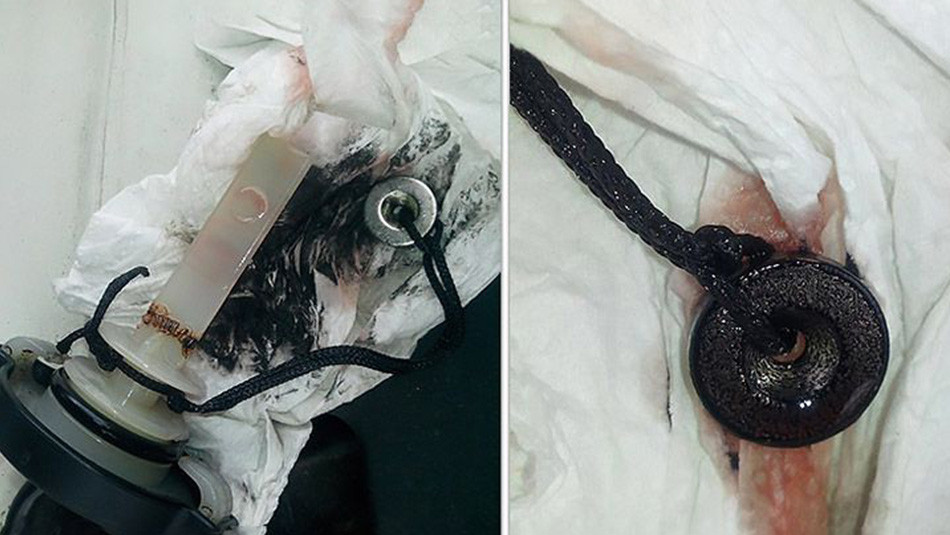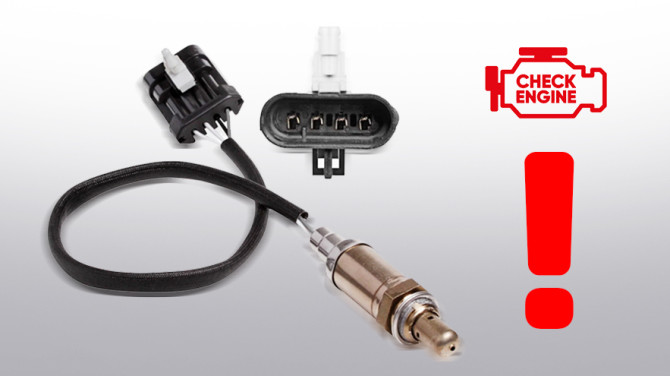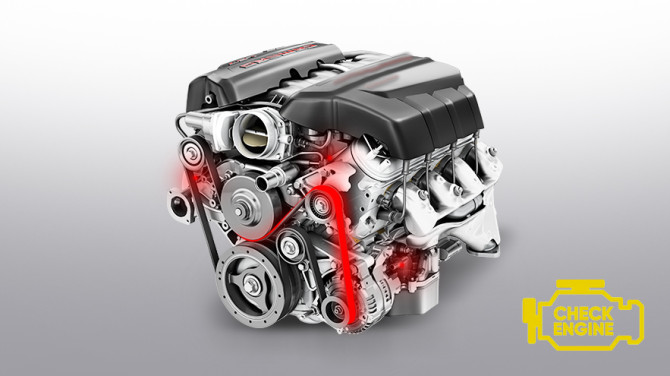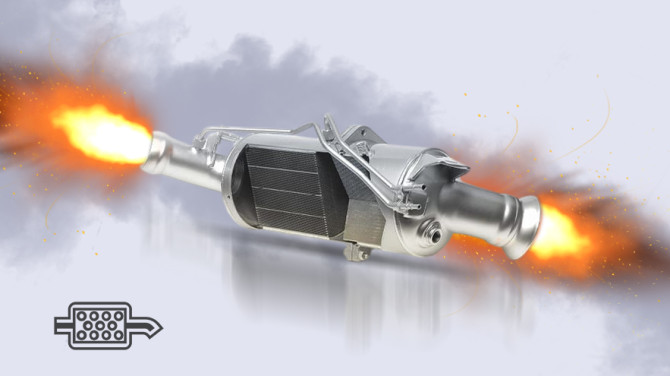Why flush the hydraulic power steering system?

If you are the owner of a car with a hydraulic power steering system or are planning to buy such a car, sooner or later you will have to deal with flushing the hydraulic power steering system. Is this service really necessary? We'll explain everything.
Can you just change the oil without flushing the system?
If a driver regularly checks the condition of the power steering pump and the oil in the reservoir, they will notice when the oil needs to be changed. And if not, automotive hydraulic mechanics will inform them of these oil changes when the power steering system starts to malfunction.
Actual reasons for flushing the hydraulic power steering system:
- The hydraulic power steering oil has lost its physical properties—becoming too fluid or too thick.
- The oil has changed color and started foaming.
Some may ask, why flush the system if you can simply change the hydraulic power steering oil?
Hydraulic power steering oil should be changed every 100,000 kilometers or during the repair of the power steering pump and the steering rack itself.
In a clogged system, impurities accumulate, such as sediment from used oil and fine solid particles. Even after draining the oil, sediment remains. Moreover, fresh oil will pick up all these impurities, and the sediment will clog the pump valve, settle on the Teflon rings of the steering rack, block the pinion channels, and create hooks on the piston.
If you only change the hydraulic power steering oil from year to year, with each change, the hydraulic system becomes more and more clogged because sediment is not flushed out during regular oil changes. In this case, you are only worsening the situation.
Sometimes, during an oil change, so much sediment is lifted that you will have to replace the pump, steering rack, and hoses—in essence, the entire system. If there is a cooler in the system, it may also need to be replaced. If, in this situation, the pump reservoir valve is not flushed, the steering will become tight or stop turning altogether.
How to flush the hydraulic power steering system
Flushing the hydraulic system requires a flushing station (also known as a flushing rig), which simulates the operation of the power steering pump. This station supplies working fluid to the system under high pressure.
The station has two hoses connecting to the car's system and two filters:
- Coarse cleaning (made of copper mesh) — for large debris.
- Fine cleaning (special felt sponge) — stops fine metal particles and impurities. This filter in the station is regularly replaced because it gets clogged after 2-3 flushes.
The station works with both hydraulic and electric power steering systems, which is a significant advantage. It not only flushes the system but also simultaneously diagnoses the steering rack. When the station is connected to the car, it reads the indicators of the power steering rack: the pressure is indicated by a manometer, showing whether the pinion is working and if the steering rack maintains pressure. This means that this multifunctional station can examine the power steering rack and flush the hydraulic power steering system, which is undoubtedly very convenient.
To connect the station, you need to:
- Disconnect the high-pressure hose.
- Connect to the return hose.
- Remove and install the power steering reservoir, pump.
- Connect the station to the power supply.
- At this point, turn the steering wheel strongly from the extreme right position to the extreme left position, allowing the steering rack piston to move and the fluid to circulate in the steering rack and the station.
- After flushing, drain the old power steering fluid from the system.
- Install a new or flushed pump.
- Install the power steering reservoir.
- Pour in new fluid.
- Start the engine — and you're done!
The reservoir must be dismantled and replaced with a new one in 95% of cases because in most power steering reservoirs, the mesh is not removable but soldered, and it cannot be cleaned without removal. If the reservoir does not need to be replaced, it is simply thoroughly flushed.
Alternative solutions
Many auto service centers stubbornly do not flush the power steering system when it is really needed. Official dealerships are especially guilty of this. They endlessly change the oil where it is time to flush the system, and then go to a specialized auto service—the car has not had time to leave the service and has stalled because the pump reservoir valve was so clogged that it could not even be pulled out.
You can independently flush the hydraulic power steering system, but it is very difficult in garage conditions. Moreover, flushing alone can damage the hydraulic system, requiring the replacement of the pump, steering rack, and other devices.
Some craftsmen practice collecting contaminants from the power steering reservoir with a magnet on a string. The magnet collects large contaminants, but it does not solve the overall problem—the sediment will still remain in the oil. And certainly, a magnet cannot replace professional flushing in an auto service.
As you can see, simply changing the hydraulic power steering oil is not enough for normal power steering operation. Therefore, before changing the oil in any case, the power steering system should be flushed. It is better to do this in a specialized auto service.






